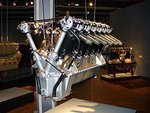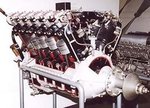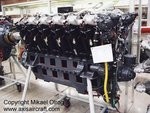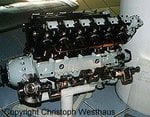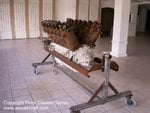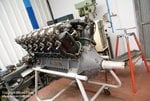What is definitely known regarding BMW VII BMW VIII engines that were successors of famous widely spread BMW VI?
What were their specs (rotation/compression/power norm./take-off)?
Were they of cast cylinders blocks design or not? If not what were differences compare to parental BMW VI engine?
As far as I understand, these engines were produced in valuable quantities only by Kawasaki, why?
What planes (full list) they were installed on?
Does anybody have photos of these models?
What were their specs (rotation/compression/power norm./take-off)?
Were they of cast cylinders blocks design or not? If not what were differences compare to parental BMW VI engine?
As far as I understand, these engines were produced in valuable quantities only by Kawasaki, why?
What planes (full list) they were installed on?
Does anybody have photos of these models?


